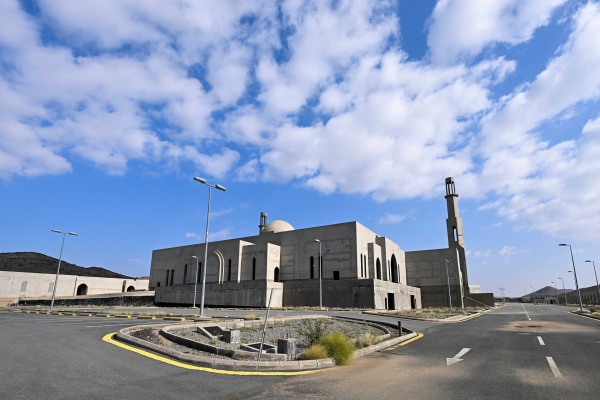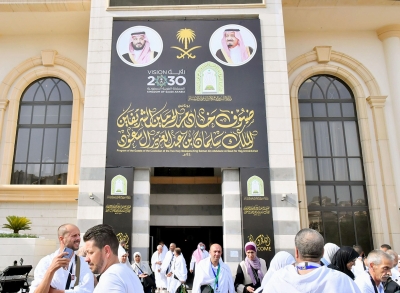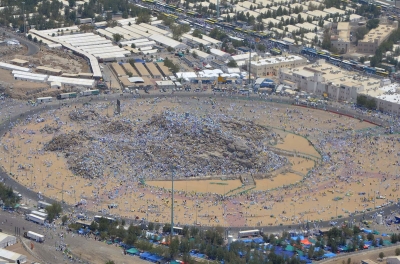
Miqat Dhat Irq is one of the Mawaqit locations that those intending to enter Makkah al-Mukarramah for Hajj or Umrah must pass through to assume Ihram. It is the Miqat for the people of Iraq, north of the Kingdom, and those traveling along their route. It is located on the path of the Iraqi pilgrimage route in Taif Governorate, northeast of Makkah al-Mukarramah, at a distance of ninety km.
Miqat Dhat Irq in the Prophetic Biography
The name Dhat Irq is mentioned in the Prophetic biography in connection with the expeditions and battles that the Messenger of Allah, peace be upon him (PBUH), directed toward that region, including the expedition of Zayd Bin Harithah to al-Quradah near Dhat Irq in the third year of Hijrah. After the establishment of the cities of Basra and Kufa and their connection through two routes leading to Makkah al-Mukarramah, Dhat Irq became one of the main stations on the Iraqi pilgrimage route from Kufa and Basra, with caravans passing through it on their journey.
The naming of Dhat Irq location
The name "Dhat Irq" is derived from a mountain that rises to an elevation of 1,141 m above sea level, topped by a black ridge (Irq) stretching 1,500 m from the southwest to the northeast. Dhat Irq is considered one of the prominent archaeological sites on the Iraqi pilgrimage route, with the remains of the road and the Dhat Irq station scattered across a large area along the banks of the Wadi ad-Dharibah and the surrounding hills. The site is no longer known by this name today; instead, it is referred to as "ad-Dharibah," after a modern village that has been established nearby.
The Miqat Dhat Irq development project
The project to develop the Miqat Dhat Irq was undertaken by the Ministry of Islamic Affairs, Dawah, and Guidance in 2019. The project, with an estimated cost of SAR68 million, includes a large mosque that can accommodate around four thousand worshippers, a mortuary, and 256 restrooms, some of which are equipped to serve people with disabilities and the elderly. Additionally, there are 208 ablution facilities and around twenty-one shops to serve pilgrims and Umrah performers.
The project also includes a medical clinic, administrative offices, offices for relevant government agencies, a building for awareness and guidance, housing for the Imam and the Muezzin, as well as separate accommodations for male and female staff and guests. Additionally, there is a service center for vehicles, a surrounding canal to protect the project from flood risks, two bridges for the entry of cars and buses, as well as parking spaces for cars and buses.
Related quizzes


